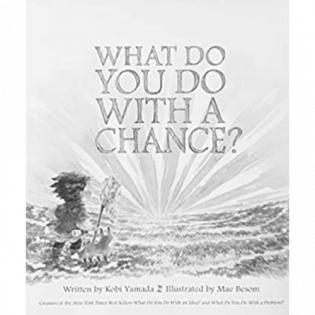Stories of four different populations teach about the civic influences in history. Literature and documents show the origins of the Core Democratic Values and the development of the United States of America.
Filter by subjects:
Filter by grades:
Filter by audience:
Filter by issue area:
Filter by content type:
Filter by resource type:
resource search
What makes a good day for you?
We investigate the rights and responsibilities that are built into the fabric that formed the United States.
After comparing and contrasting entertainment and editorial cartoons, the learner uses cartooning as a means of public voice about political and social issues.
The purpose of the lesson is to create an awareness of local agencies that provide services for needy people, teens, and families in the community. Students will also learn the motivations for giving and see how help is provided to the community through the four sectors of the economy. Students...
In a kid-friendly approach, we look at the components of the U.S. Constitution and put early government-forming events in a context. We distinguish the roles of the three branches of government, especially the structure and responsibilities of our judicial system.
In this lesson, we analyze the Bill of Rights and explore the importance of the issues involved. We participate in a creative performance, singing and dancing to learn and teach the Bill of Rights. The performance may be planned for members of the community (younger children or senior...
Participants analyze the essential qualities of the Core Democratic Values and how these values are evident in relationships and behavior in a classroom/group and in the community/nation.
Through a look at past and present philanthropy, we gain an awareness and understanding of the variety of ways we take action in the name of civic virtue. We reflect on our own past, present and future philanthropic acts.

